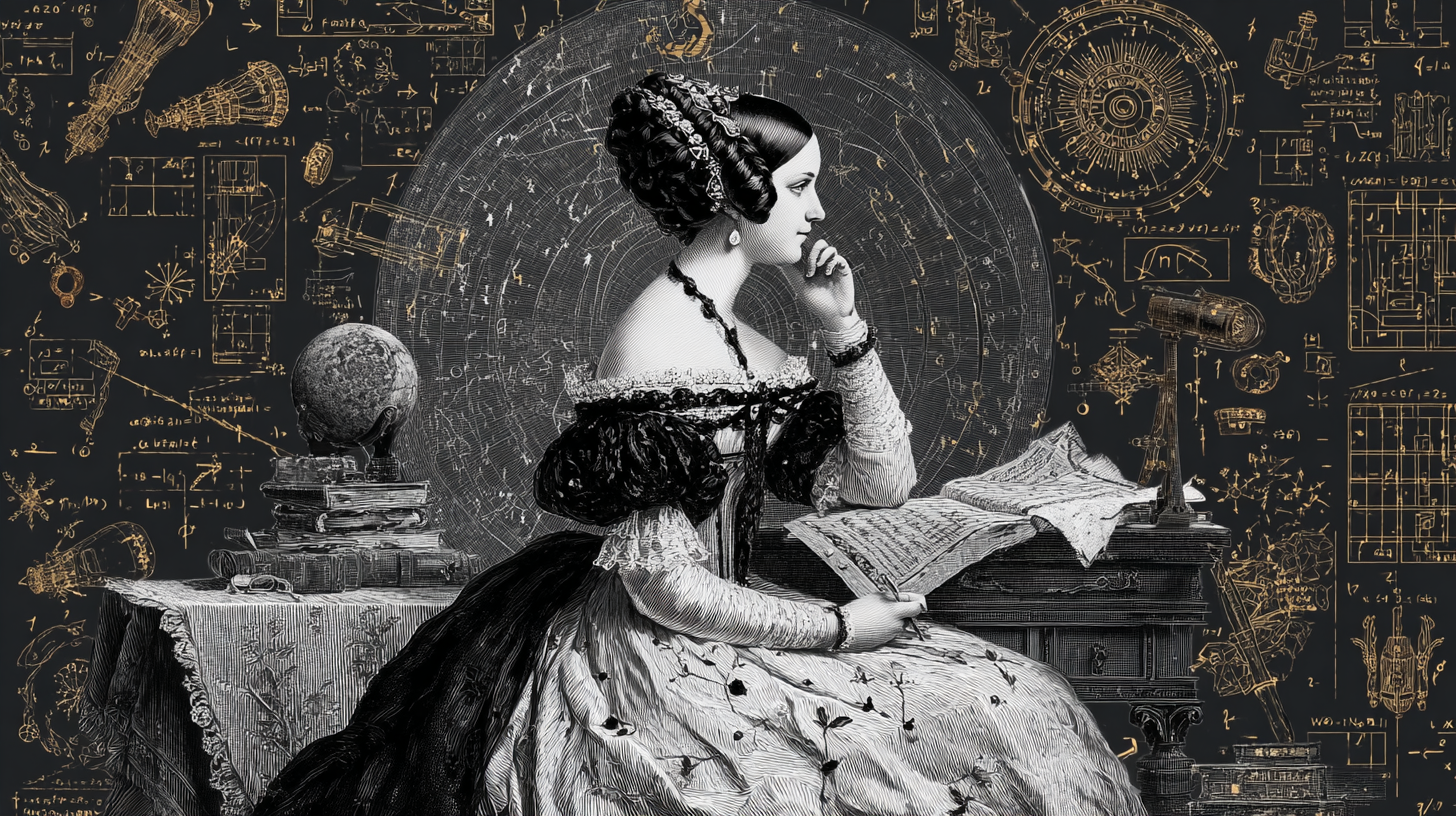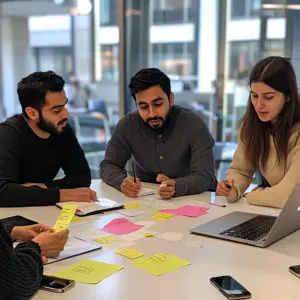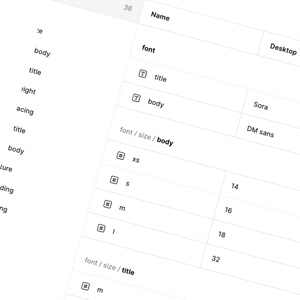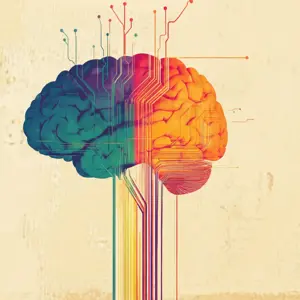That’s why if you come in to chat with us at Shout HQ you might find yourself admiring the stunning views of the Tyne afforded by our Lovelace room and there's a story behind that choice that goes way beyond just picking a famous name.
With Ada Lovelace Day happening today, it got us thinking about why we picked her name, and what her story still teaches us about the work we do today.

Who was Ada Lovelace?
poet Lord Byron, she could easily have followed a more conventional path. Instead, she became fascinated by mathematics and logic.
What makes Ada extraordinary isn't just that she was brilliant at maths (though she unquestionably was). It's that she could see possibilities that even the inventors around her missed.
Take Charles Babbage's Analytical Engine, for example. This was a mechanical computer that was never actually built, but Ada understood its potential in ways that Babbage himself didn't. While he saw it as a fancy calculator, Ada wrote detailed notes describing how it could manipulate symbols, not just numbers. She even wrote what's now considered the first computer algorithm – instructions for calculating Bernoulli numbers.
But here's what’s even more impressive: she predicted that machines like this could compose music, create art, and generate ideas. In 1843. That's not just being ahead of your time, that's seeing around corners that don't exist yet.
Why we named our room “Lovelace”
When we chose to name one of our meeting rooms after Ada, it was more than a nod to history. It was a reminder of what we value as a company: creativity, innovation, and the belief that diverse perspectives make technology stronger. By honouring Ada, we also celebrate the contributions of women in digital today.
We're not just celebrating Ada because she was "the first" at something, though that's certainly impressive. What really gets us excited is how she approached problems. Ada Lovelace didn't just accept the limitations that others saw. When everyone else looked at Babbage's machine and saw a number-cruncher, she saw creative potential. When the scientific establishment told women to stay in their lane, she carved out her own path anyway. That's exactly the kind of thinking we need in digital work today – looking at tools and platforms and imagining what else they could do.
Every time someone books the Lovelace room for a strategy session or a creative brainstorm, there's a tiny reminder on their calendar: think bigger, see further, don't accept the obvious limitations.
It's also our small way of acknowledging something uncomfortable but true – the tech industry still has a massive diversity problem. Ada Lovelace Day exists because we still need to actively celebrate women in STEM. That's not something to feel good about, but it is something to act on.
What we're taking from Ada’s approach
Ada's approach to innovation feels surprisingly relevant when we're working on digital projects today:
She combined technical skill with creative vision – essential when you're building websites or apps that need to work beautifully, not just function correctly.
She collaborated with brilliant people while maintaining her own perspective and insights.
She wasn't intimidated by being the only woman in the room.
Most importantly, she never stopped asking "what if?" What if this machine could do more than calculate? What if computers could be creative tools? What if the impossible was just improbable?
The work continues
This Ada Lovelace Day, we're not just tipping our hats to history. We're asking ourselves: what would Ada think of the technology we're building today? Are we being as imaginative as she was? Are we seeing possibilities that others miss?
And maybe most importantly: are we making sure the next generation of innovators – regardless of gender – has the support and opportunities that Ada had to fight for on her own?
The Lovelace room will keep hosting our meetings, but the real tribute to her legacy happens in the work we do every day, and in making sure we're creating space for the next person who sees possibilities the rest of us are missing.























